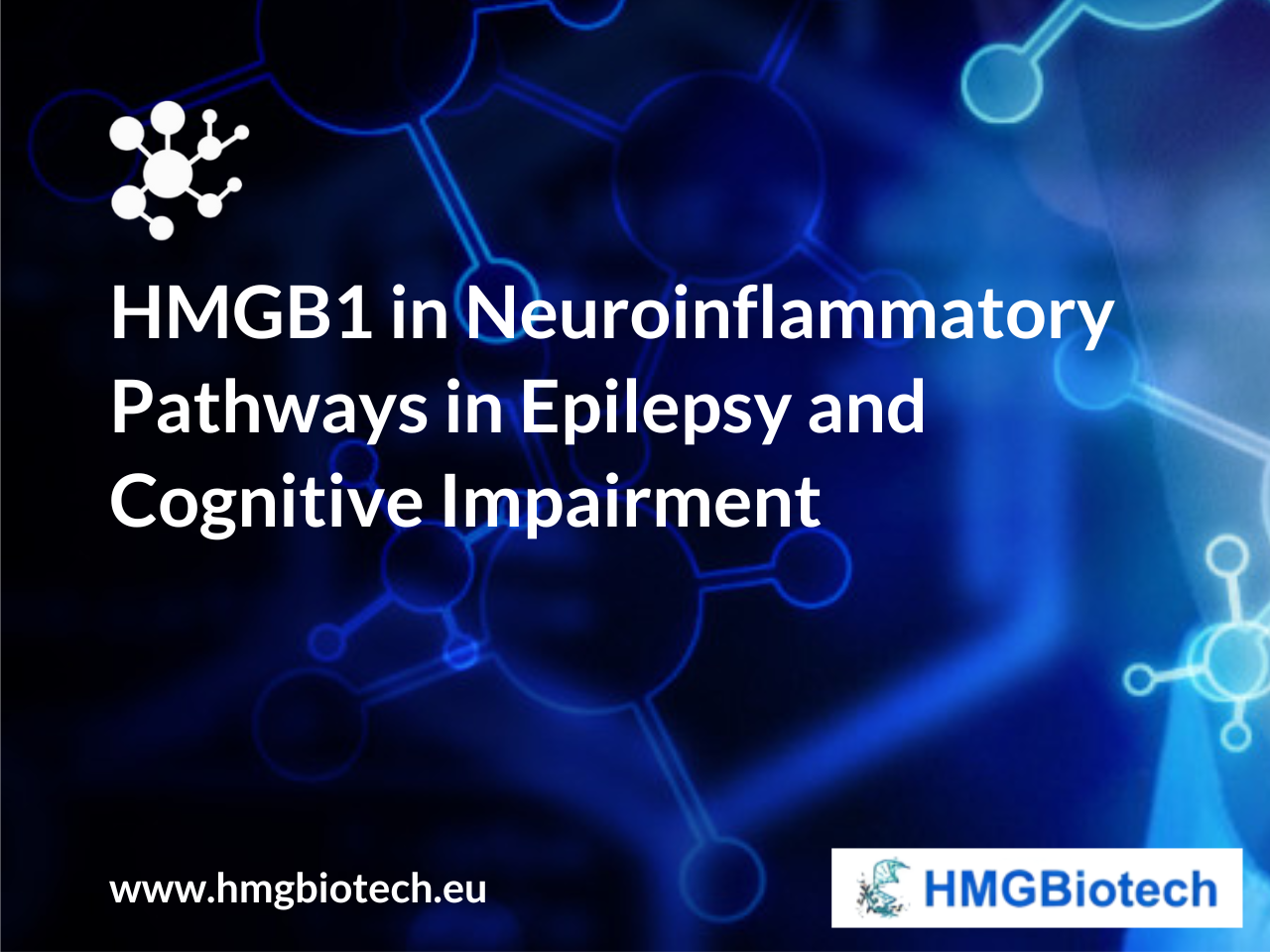Neuroinflammation is increasingly recognized as a pivotal mechanism in the pathogenesis of epilepsy and cognitive impairment. High Mobility Group Box 1 (HMGB1) is a critical Damage-Associated Molecular Pattern (DAMP) protein, initiating inflammatory cascades in the central nervous system (CNS) by activating Toll-like Receptors (TLR2, TLR4) and the RAGE receptor.
This activity contributes to blood-brain barrier (BBB) disruption, amplifying neuroinflammation and exacerbating conditions like epilepsy.
Elevated HMGB1 levels are strongly associated with epilepsy severity and drug resistance, making it a valuable biomarker for clinical research. A recent study has demonstrated the potential of HMGB1-targeted interventions, including neutralizing antibodies, receptor antagonists, and release inhibitors, to mitigate seizure frequency and enhance cognitive function.
Key findings underscore HMGB1’s involvement in:
• Blood-brain barrier (BBB) disruption, facilitating the infiltration of pro-inflammatory cytokines into the brain.
• Enhancing neuronal excitability, thereby contributing to seizure generation and severity.
• Driving drug resistance, as elevated HMGB1 levels are significantly associated with refractory epilepsy.
Targeting HMGB1 and its associated pathways holds promise for developing innovative therapies for neurological disorders characterized by inflammation. Monitoring HMGB1 levels could guide personalized therapeutic approaches, offering a path toward improved management of these complex conditions.
In HMGBiotech Srl we provide comprehensive information to facilitate informed decision-making for researches with HMGB1.
Contact us for your pre-sales questions about HMGB1
Read the full article about the study:
pubmed.ncbi.nlm.nih.gov/38940048

